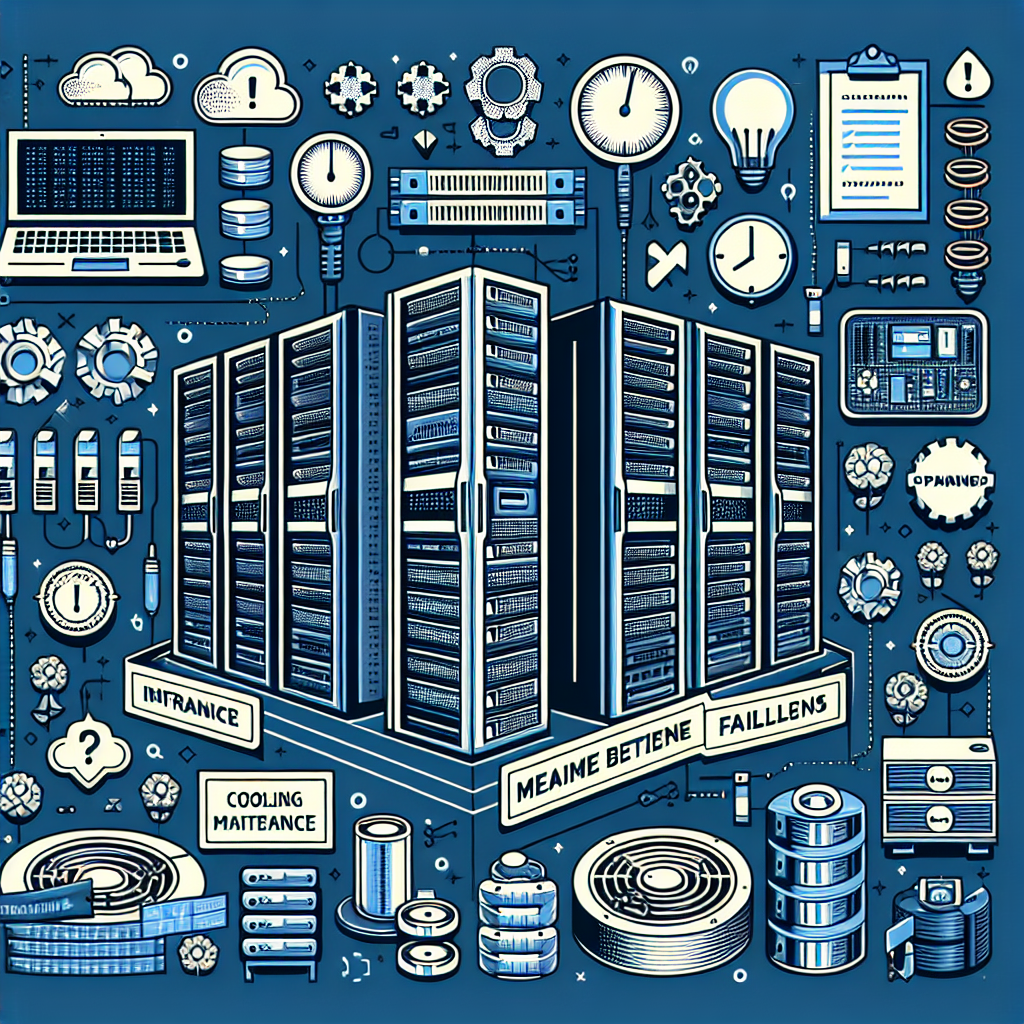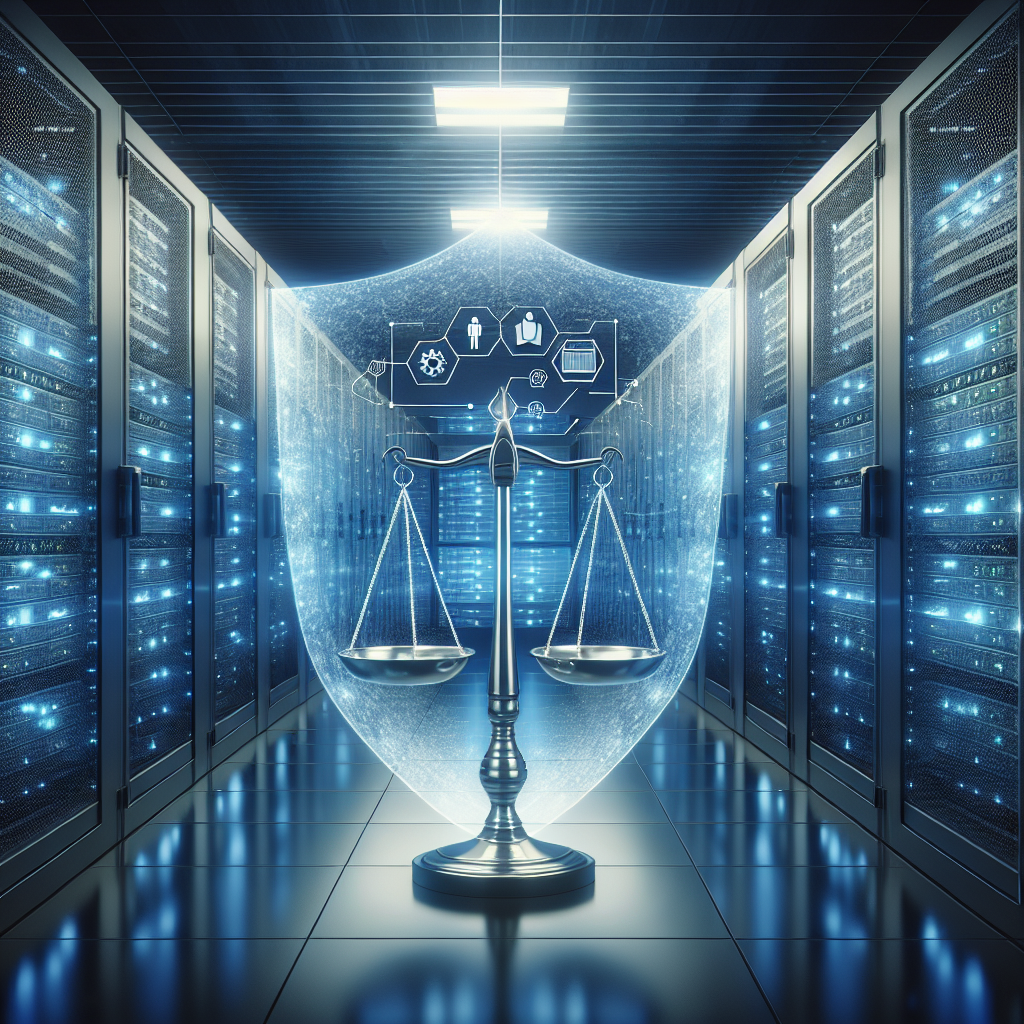Welcome to Zion, the fastest growing Global IT Services Company! With our global 24x7x365 support and maintenance services, we can help you Maximize Data Center MTBF, Reduce Costs, and Increase Reliability.
For 26 years, Zion has been the most reliable company providing round-the-clock services for datacenter equipment like servers, storages, networking, and no-breaks. Our proprietary AI-powered systems and proven track record can reduce the time to solve incidents by 50% or more, ensuring efficient and seamless performance for your IT infrastructure.
We specialize in core infrastructure services such as data center management, server racks, network infrastructure, and power infrastructure. Additionally, Zion offers technology and hardware solutions including servers, storage arrays, routers, switches, and firewalls. Our operations and management services cover data center monitoring, maintenance, and uptime, while our sustainability and environmental impact services focus on green data center practices.
At Zion, we also offer services and business solutions such as colocation, managed services, cloud services, and disaster recovery as a service. Our security and compliance expertise ensures data center security, cybersecurity, and compliance with regulations like GDPR and HIPAA. We stay ahead of emerging trends in technology, including AI, IoT, 5G, and quantum computing.
In addition to our services, Zion recycles IT equipment according to best environmental practices and rents IT equipment. Visit our website to explore our large inventory of IT equipment for sale and sign up for our newsletter to stay updated on our services and industry news.
Tags: IT Services, Data Center Management, Global Support, Maintenance Services, Reduce Costs, Increase Reliability, Sustainability, Security, Compliance, Emerging Trends, Zion.
#Maximize #Data #Center #MTBF #Zions #Global #24x7x365 #Support #Maintenance #Services #Reduce #Costs #Increase #Reliability, Data Center MTBF (Mean Time Between Failures)









You must be logged in to post a comment.